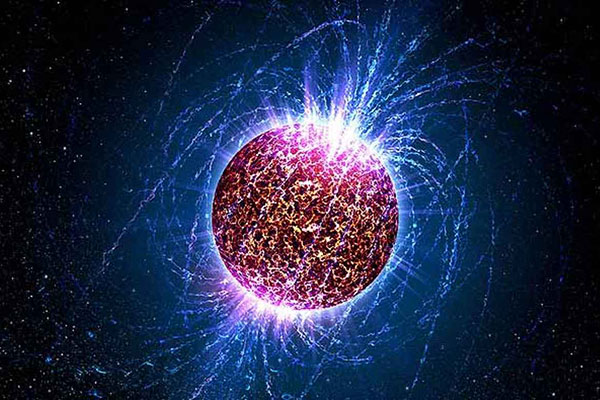"The charged pion and antipion decay respectively into a muon plus antineutrino and an antimuon plus neutrino with an average lifetime of 2.603 x 10-8 seconds, the neutral pion decays into two photons with an average lifetime of about 0.8 x 10-16 seconds, and the muon and antimuon decay respectively into . . ." And so it runs on—and this from a book for the general reader by one of the (normally) most lucid of interpreters, Steven Weinberg.
“带电的π介子和反π介子分别衰变成一个μ介子加上反中微子和一个反μ介子加上中微子,平均寿命为2.603*10的负8次方秒;中性π介子衰变成2个光子,平均寿命大约为0.8*10的负16次方秒;μ介子和反μ介子分别衰变成……”如此等等──而且,这段话还是从(通常)文笔浅显的作家斯蒂芬·温伯格为普通读者写的一本书里引来的。
In the 1960s, in an attempt to bring just a little simplicity to matters, the Caltech physicist Murray Gell-Mann invented a new class of particles, essentially, in the words of Steven Weinberg, "to restore some economy to the multitude of hadrons"—a collective term used by physicists for protons, neutrons, and other particles governed by the strong nuclear force.
20世纪60年代,加州理工学院物理学家默里·盖尔曼试图把事情简化一下,发明了一种新的粒子分类法,用斯蒂芬·温伯格的话来说,实际上“在一定程度上使大量的强子重新变得一目了然”──强子是个集体名词,物理学家用来指受强核力支配的质子、中子和其他粒子。

Gell-Mann's theory was that all hadrons were made up of still smaller, even more fundamental particles. His colleague Richard Feynman wanted to call these new basic particles partons, as in Dolly, but was overruled. Instead they became known as quarks.
盖尔曼的理论认为,所有强子都是由更小的,甚至更基本的粒子组成的。他的同事理查德·费曼想跟多利那样把这些新的基本粒子叫做部分子,但是没有获得通过。它们最后被称做夸克。
Gell-Mann took the name from a line in Finnegans Wake: "Three quarks for Muster Mark!" (Discriminating physicists rhyme the word with storks, not larks, even though the latter is almost certainly the pronunciation Joyce had in mind.) The fundamental simplicity of quarks was not long lived. As they became better understood it was necessary to introduce subdivisions.
盖尔曼从小说《芬内根的觉醒》的一句话中取了这个名字:“给马斯特·马克来三夸克(quarks)!”(敏锐的物理学家把storks或larks作为该词的韵脚,尽管乔伊斯脑子里想的几乎显然是后者的发音。)夸克的这种基本的简洁性并没有持续很久。随着人们对夸克的进一步了解,需要更细的分类。













